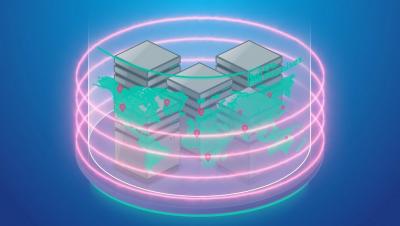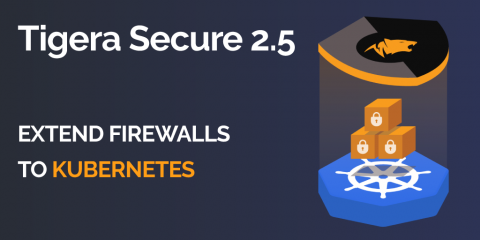Security | Threat Detection | Cyberattacks | DevSecOps | Compliance
Containers
Minimize Kubernetes Compliance Audit Heartache
As Kubernetes matures and moves from exploration into production, we on the Styra and Open Policy Agent teams are starting to hear of a new trend. It’s part of any kind of operational lifecycle for many companies and it goes something like this: DevOps: Our Kube environment is performant, secure, and compliant by design! Auditor: K. Walk me through every line of code you typed since time began.
Tigera Secure 2.5 - Implement Kubernetes Network Security Using Your Firewall Manager
We are excited to announce the general availability of Tigera Secure 2.5. With this release, security teams can now create and enforce security controls for Kubernetes using their existing firewall manager.
Introducing the new Sysdig Secure policy editor
Among many other features Sysdig Secure version 2.4 introduces a new and improved runtime policy editor, along with a comprehensive library combining out-of-the-box run-time policies from our threat research teams, container-specific compliance standards, Kubernetes security and Falco opensource community rules.
Sysdig Secure 2.4 introduces runtime profiling for anomaly detection + new policy editor for enhanced security.
Today, we are excited to announce the launch of Sysdig Secure 2.4! With this release, Sysdig adds runtime profiling to enhance anomaly detection and introduces brand new interfaces that improve runtime security policy creation and vulnerability reporting. These features are focused on upgrading the experience of creating your security policy to detect security threats and attacks to your infrastructure and apps.











